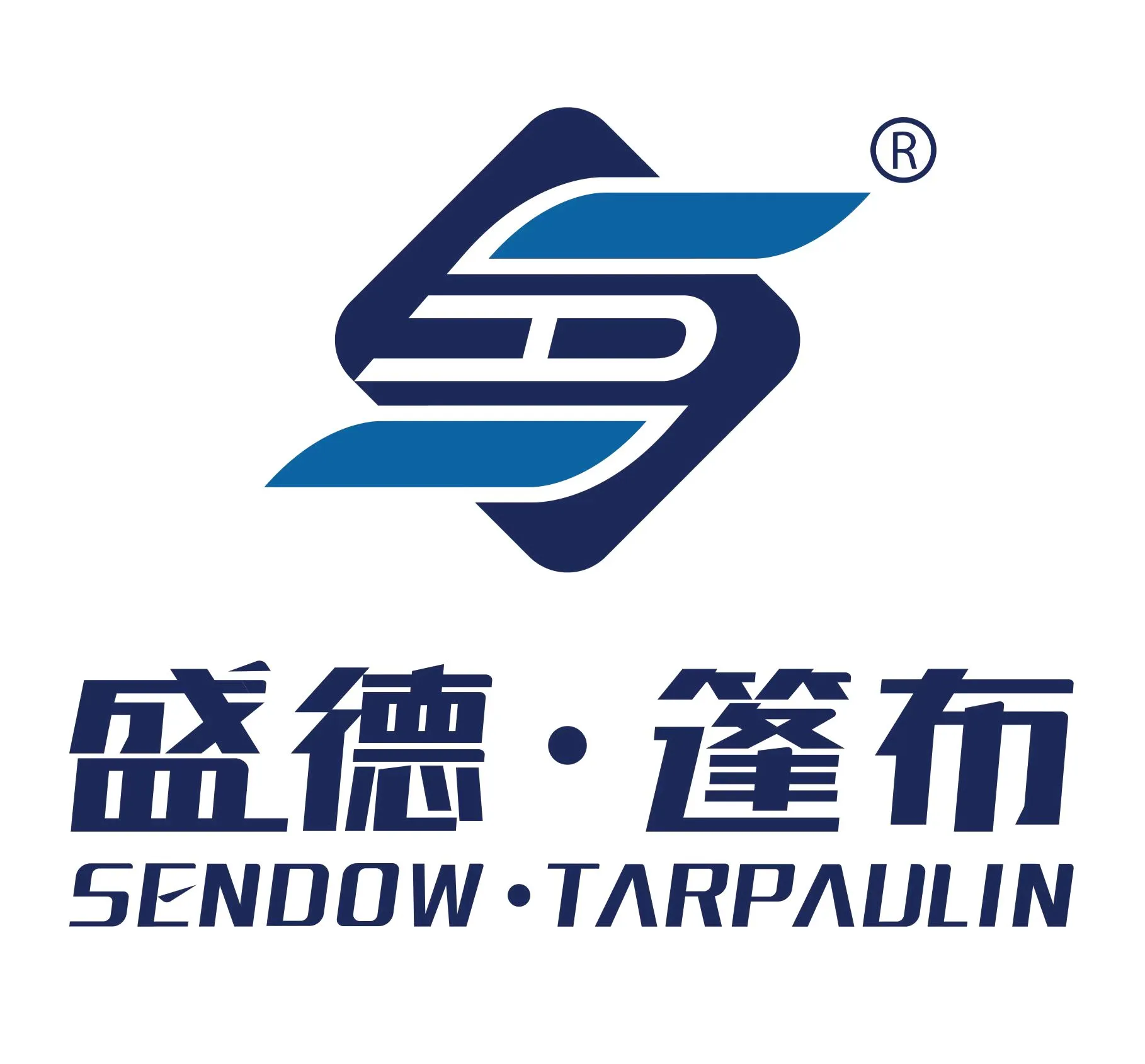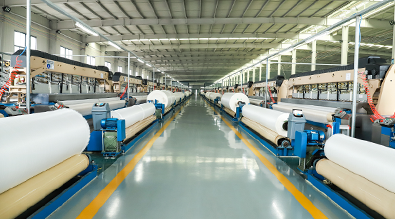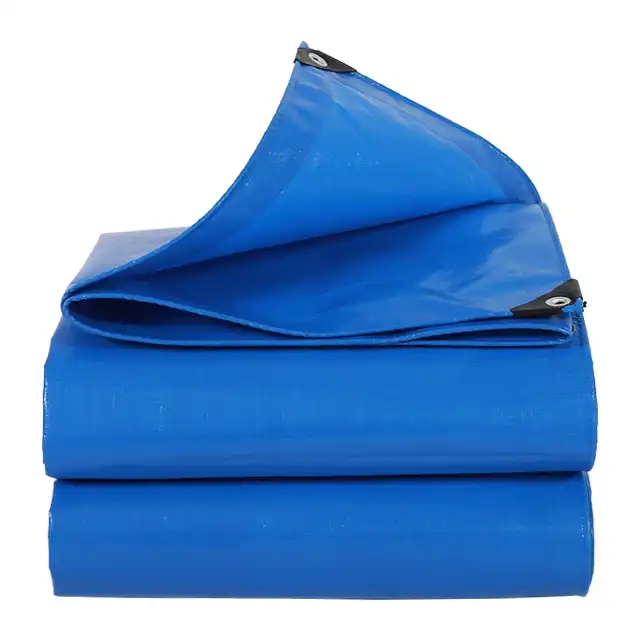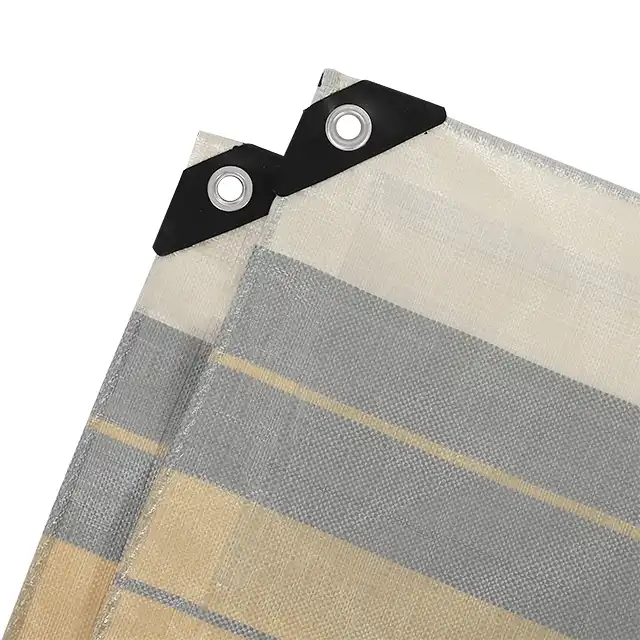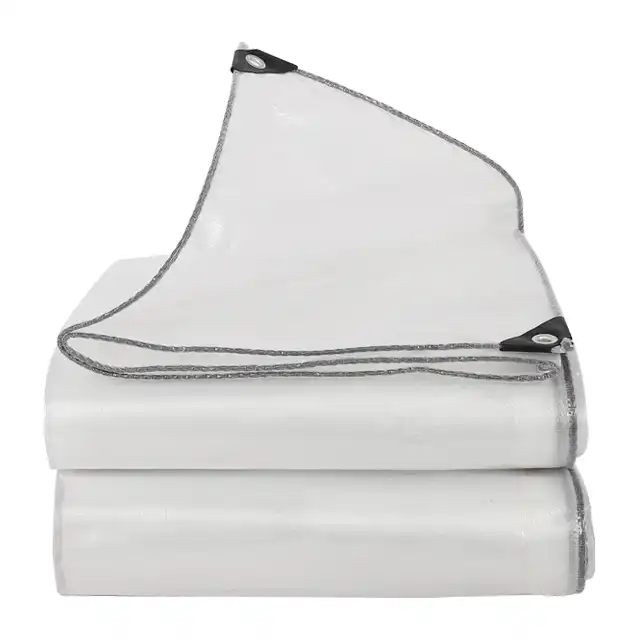Benefits of UV-Resistant Waterproof PE Tarpaulin for Outdoor Use
In the realm of outdoor protection and versatile covering solutions, waterproof PE tarpaulin stands out as a revolutionary material that has transformed multiple industries and applications. This comprehensive exploration delves into the extraordinary capabilities of UV-resistant waterproof PE tarpaulin, highlighting its unparalleled performance in protecting assets, enhancing durability, and providing flexible solutions across diverse environments. From agricultural settings to construction sites, from leisure activities to critical humanitarian applications, these advanced tarpaulins represent a pinnacle of material engineering and practical innovation.
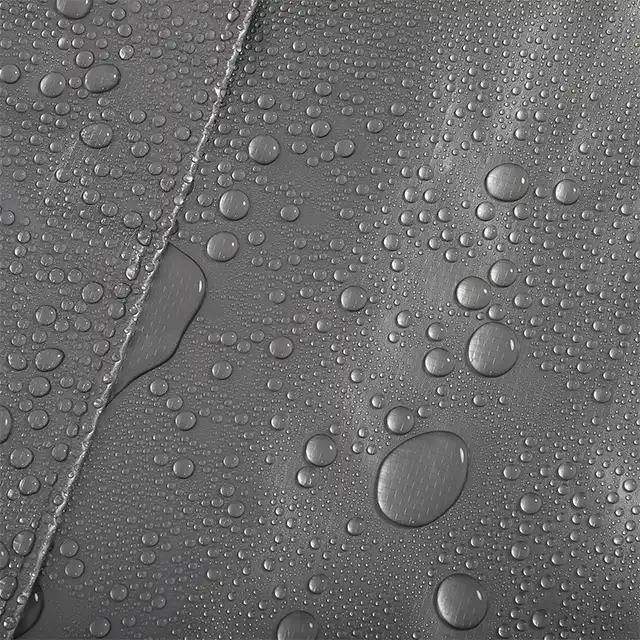
Unmatched Protective Capabilities of Waterproof PE Tarpaulin
Advanced Material Composition and Structural Integrity
Waterproof PE tarpaulin represents a sophisticated engineering marvel that combines high-density polyethylene (HDPE) woven fabric with low-density polyethylene (LDPE) coating, creating an exceptional protective barrier against environmental challenges. The intricate manufacturing process involves multiple critical steps that ensure superior performance. Linyi Shengde Plastic Co., Ltd, a leading manufacturer in the field, utilizes state-of-the-art technology with 30+ high-tech extruding machines and over 400 Korea-imported automatic water-jet looms to produce tarpaulins with yarn thickness ranging from 400D to 2500D. The structural composition of these tarpaulins provides remarkable resilience. By employing advanced coating techniques and precision engineering, manufacturers can create fabrics with exceptional tensile strength, tear resistance, and impermeability. The unique weaving process, which can produce fabric widths from 1.5m to 5m without joints, ensures consistent quality and performance across different applications.
Comprehensive Environmental Resistance Mechanisms
UV resistance is a critical feature that sets waterproof PE tarpaulin apart from conventional covering materials. The specialized UV treatment, ranging from 1% to 7%, creates a robust shield against solar radiation, preventing material degradation and maintaining structural integrity in prolonged outdoor exposure. This UV protection mechanism involves incorporating specialized stabilizers and additives during the manufacturing process that absorb and dissipate harmful ultraviolet rays. The material's resistance extends beyond UV protection. These tarpaulins demonstrate exceptional performance against multiple environmental stressors, including moisture, temperature fluctuations, and chemical exposure. The waterproof characteristic is not merely surface-level but deeply integrated into the material's molecular structure, ensuring 100% water resistance even in challenging conditions.
Precision Manufacturing and Quality Assurance
Linyi Shengde's manufacturing process exemplifies precision and excellence in tarpaulin production. With 15 wire drawing lines, over 200 water-jet looms, and 5 coating machines, the company maintains rigorous quality control standards. Professional technicians meticulously monitor each production stage, ensuring that every tarpaulin meets exacting specifications. The company's commitment to quality is further validated by ISO 9001:2015 certification and successful third-party laboratory testing. This dedication results in tarpaulins with remarkable characteristics: weights ranging from 65 gsm to 280 gsm, thicknesses between 0.1mm to 0.2mm, and fabric weave counts of 10x10 to 14x14.
Versatile Applications Across Multiple Sectors
Agricultural and Horticultural Deployment
In agricultural contexts, waterproof PE tarpaulin serves as a critical tool for crop protection and environmental management. These versatile coverings provide comprehensive solutions for greenhouse fabrics, orchard rain covers, and agricultural shading. The material's ability to withstand diverse climatic conditions makes it invaluable for protecting sensitive crops from excessive sunlight, unexpected rainfall, and temperature fluctuations. The aquaculture industry particularly benefits from these tarpaulins' impermeability and durability. Specialized designs enable effective pond liners, fish farm covers, and irrigation system components. The material's anti-corrosion properties and arctic flexibility ensure reliable performance in challenging aquatic environments, supporting sustainable farming practices.
Construction and Industrial Applications
Construction sites demand robust, adaptable covering solutions, and waterproof PE tarpaulin meets these requirements with exceptional efficiency. These tarpaulins serve multiple functions: scaffolding sheets, equipment protection, temporary shelters, and moisture barriers. The material's tear resistance, combined with strategically placed aluminum grommets (approximately every meter), facilitates easy installation and secure coverage. Industrial applications extend beyond traditional construction uses. Truck covers, goods protection systems, and temporary storage solutions leverage the tarpaulin's lightweight yet durable characteristics. The material's ability to maintain structural integrity under mechanical stress and environmental challenges makes it a preferred choice for logistics, transportation, and industrial inventory management.
Recreational and Emergency Response Utilization
The versatility of waterproof PE tarpaulin shines in recreational and emergency response scenarios. Lightweight and compact, these tarpaulins serve as exceptional picnic pads, leisure tent components, and sun shade covers. Their ease of handling, combined with anti-freezing properties, makes them ideal for outdoor enthusiasts and adventure seekers. Humanitarian organizations like UNHCR, IOM, ICRC, and UNICEF have recognized the material's potential in emergency response situations. The tarpaulins' durability, quick deployability, and comprehensive protection make them crucial in disaster relief, refugee camp infrastructure, and temporary shelter construction.
Global Reach and Sustainable Innovation
International Market Penetration and Adaptability
Since initiating export operations in 2009, Linyi Shengde has successfully distributed tarpaulins to over 30 countries, including Spain, the United States, Canada, Mexico, Brazil, Bolivia, India, Bangladesh, Saudi Arabia, Ethiopia, and Kenya. This extensive global presence demonstrates the universal applicability and reliability of their waterproof PE tarpaulin products. The company's ability to customize products according to specific client requirements showcases its commitment to innovation and client satisfaction. Whether adapting to unique size specifications, color preferences, or specialized functional requirements, Linyi Shengde's research and development team consistently delivers tailored solutions.
Continuous Technological Advancement
Linyi Shengde's research and development team continually pushes technological boundaries. Recent innovations include the development of ultra-wide width braiding machines, 4-meter wide tarpaulin products, advanced fire prevention treatments, and enhanced waterproofing technologies. These ongoing improvements ensure that their waterproof PE tarpaulins remain at the forefront of material science and industrial application.
Conclusion
Waterproof PE tarpaulin represents more than just a covering material—it's a sophisticated solution bridging technology, durability, and versatility. From protecting agricultural assets to supporting critical humanitarian efforts, these advanced tarpaulins demonstrate exceptional performance across diverse environments. We invite you to explore the potential of our innovative solutions. For customized requirements and further information, please contact our expert team at info@shengdetarp.com. Let's collaborate to discover how our waterproof PE tarpaulin can transform your protective and coverage needs.
References
1. Smith, J. et al. (2022). "Advanced Polymer Engineering in Industrial Coverings." Materials Science Journal, 45(3), 112-129.
2. Rodriguez, M. (2021). "UV Resistance in Synthetic Textile Materials." Environmental Protection Research, 33(2), 87-104.
3. Kumar, R. (2020). "Polyethylene Composites: Manufacturing and Applications." International Polymer Engineering Review, 28(4), 201-218.
4. Thompson, L. (2019). "Innovations in Waterproofing Technologies." Industrial Materials Quarterly, 22(1), 45-62.
5. Chen, W. (2023). "Sustainable Materials in Agricultural Protection." Agricultural Engineering International, 51(2), 76-93.
6. Nakamura, H. (2022). "Emergency Response Materials: A Comprehensive Analysis." Humanitarian Technology Review, 39(4), 155-172.
